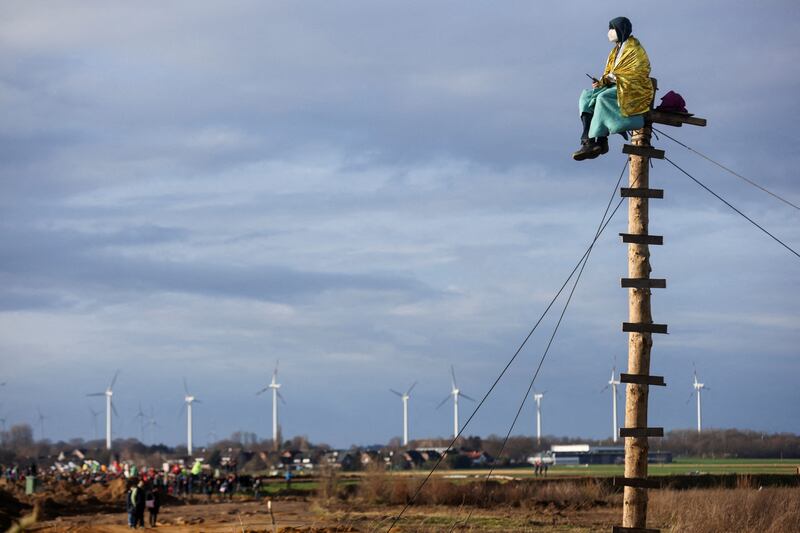Global coal demand will stay at record levels this year, boosted by strong growth in Asia for power generation and industrial activity, according to the International Energy Agency.
Coal consumption rose by 3.3 per cent to 8.3 billion tonnes last year as coal-fired power plants were brought back in Europe and other regions after Russia’s invasion of Ukraine.
In 2023 and 2024, small declines in coal-fired power generation are likely to be offset by increases in industrial use of the fossil fuel, the Paris-based agency said in a report on Thursday.
“Coal is the largest single source of carbon emissions from the energy sector, and in Europe and the United States, the growth of clean energy has put coal use into structural decline,” said Keisuke Sadamori, IEA’s director of energy markets and security.
“But demand remains stubbornly high in Asia, even as many of those economies have significantly ramped up renewable energy sources,” Mr Sadamori said.
“We need greater policy efforts and investments – backed by stronger international cooperation – to drive a massive surge in clean energy and energy efficiency to reduce coal demand in economies where energy needs are growing fast.”
China, India and South-East Asian countries are expected to account for three out of every four tonnes of coal consumed worldwide in 2023, the report said.
European coal use is expected to fall sharply this year as renewables expand, and as nuclear and hydropower partially recover from their recent slumps, the IEA said, and added that lower gas prices would accelerate the shift away from coal in the US.
“After three turbulent years marked by the Covid-19 shock in 2020, the strong post-pandemic rebound in 2021 and the turmoil caused by Russia’s invasion of Ukraine in 2022, coal markets have so far returned to more predictable and stable patterns in 2023,” the agency said.
Global coal demand is projected to have grown by about 1.5 per cent in the first half of this year to a total of about 4.7 billion tonnes, lifted by an increase of 1 per cent in power generation and 2 per cent in non-power industrial uses.
This year, China and India will make up nearly 70 per cent of the global coal consumption, compared with less than 10 per cent for the US and the EU combined, the IEA said.
On the supply side, China, India and Indonesia set new monthly records for coal exports in March.
The US, once the world’s largest coal producer, has more than halved production since its peak in 2008.
“After the extreme volatility and high prices of last year, coal prices fell in the first half of 2023 to the same levels as those seen in summer 2021, driven by ample supply and lower natural gas prices,” the IEA said.
“Thermal coal returned to being priced below coking coal, and the big premium for Australian coal narrowed following the easing of disruptive La Nina weather that had hampered production,” the agency said.
Australia’s coal output is expected to increase by 2 per cent to 460 million tonnes this year as producers expand production amid improved weather conditions.
Meanwhile, Russian coal has found new outlets after being barred in Europe, but often at considerable discounts, the report said.

























